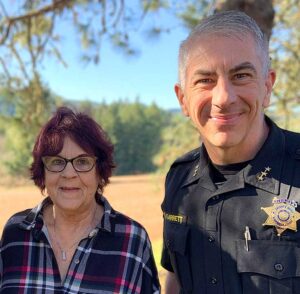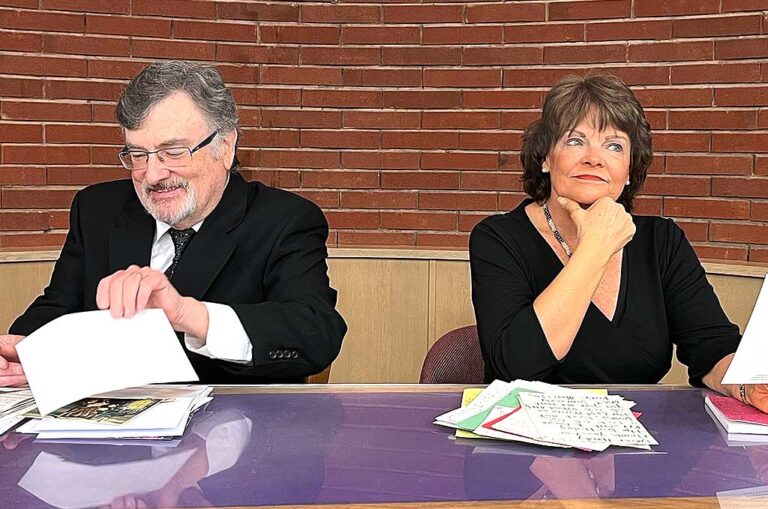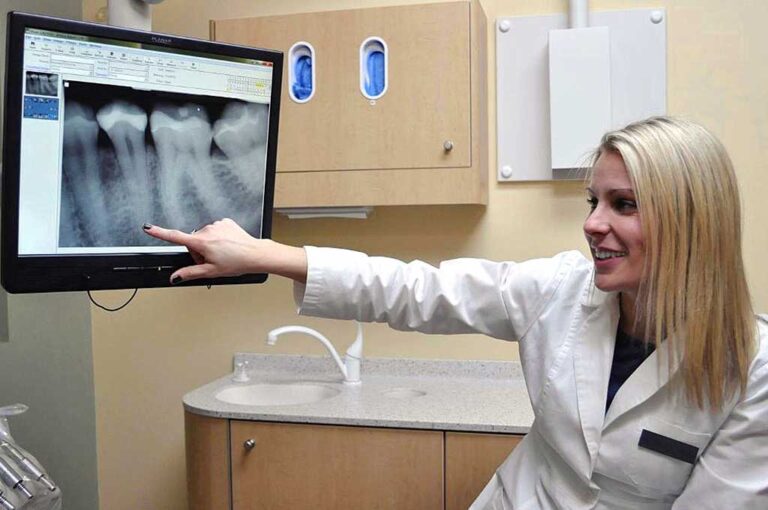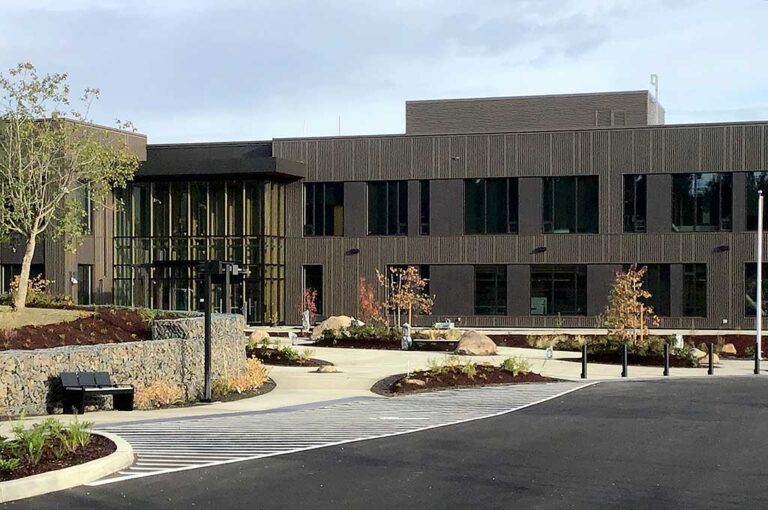Your elderly mother with dementia wanders off while you are out. It is raining and getting dark. The Washington County Sheriff’s Office (“WCSO”) has found your mom, but she has no identification and does not know where she lives. Thanks to the Elder Safe program, the Sheriff’s Office can house mom for the night at a hotel until the connection is made with the family. Learn how the Elder Safe program and other programs supported by the Sheriff’s Office Foundation of Washington County, Oregon work for you and how you can help.
The WCSO provides many services. Unfortunately, not everything needed for public services is covered by the budget. This is where the Sheriff’s Office Foundation of Washington County, Oregon (“WCSOF”) steps in to help. The WCSOF is a nonprofit organization that assists with Washington County Sheriff’s Office programs and services that improve public safety throughout Washington County.
The WCSOF has existed since 1995 and became a 501(c)3 charitable organization in 1997, making donations tax-deductible. Through a board of public volunteers, funds donated to the Foundation are used towards the programs and services that may not be otherwise funded through the WCSO’s budget. The board must act under the rules and regulations of the Dept. of Justice, the Attorney General and follow its Mission Statement, which provides in part that contributions are to be used to improve public safety and educational programs. The Bylaws and Articles of Incorporation are public records, and they are listed on Guidestar, the world’s largest source of nonprofit organizations.
The WCSOF was formed to enhance livability concerns and provide educational support to the Sheriff’s Office to improve the quality of life in the communities, promote public understanding of law enforcement, advance law enforcement training and support educational programs.
The WCSOF expanded its projects since its inception, but it is not a broad application to social services like other foundations; the support stays focused on livability concerns that are directly related to law enforcement education, training and public safety in Washington County. An example of some of the specific programs the WCSOF supports are:
Sheriff’s Office Program Examples:
K9 Trials – The Washington County Sheriff’s Office K-9 Trials are a free, family-friendly event open to the public that brings together some of the region’s canine teams for a fun-filled competition. They are typically held at the Hillsboro Stadium (4450 NE Century Blvd, Hillsboro, OR 97124). A safety fair is also provided in the parking lot. The Sheriff’s Office Foundation is responsible for inviting and coordinating vendors for this event, along with helping to fund the reservation of the stadium. The foundation also sells K9 plushies and double insulated tumblers at the event. All proceeds go to the Sheriff’s Office Foundation to help them provide funds to programs in need around Washington County.
Shop With A Cop – Each year, the Washington County Sheriff’s Office (WCSO) engages with local families through their annual “Shop With a Cop” holiday event. The Sheriff’s Office Foundation supports funding for this special program, spreading holiday magic and cheer with many deserving families in our community. WCSO coordinates with local elementary schools to nominate families who could benefit from this program. Generally, students pair with deputies to shop for their families, promoting positive and meaningful interactions with law enforcement. Recently, these events have required some creative adaptations due to COVID-19 safety requirements. While the participating students are not able to meet in person for the shopping excursions, WCSO staff fulfills the families’ wish and needs lists. The donations and support from the Sheriff’s Office Foundation, along with local businesses and organizations, make these special events possible.
Elder Safe Program – The Sheriff’s Office Foundation helps fund the Elder Safe Program. This program helps victims aged 65 and older after a crime is reported to the police and continues to help them through the criminal justice system. Based at the Washington County Sheriff’s Office, Elder Safe collaborates with the District Attorney’s Office, Disability, Aging and Veteran Services, and city police departments to coordinate services. Volunteer victim advocates provide crime victims with emotional support and information relating to the criminal justice system as well as their cases through follow-up phone calls. Assistance tailored to the unique circumstance of each victim may include personal support, court advocacy, or help filling out forms. Program staff and volunteers understand the needs of victims for information, validation, restitution, testimony, and support as their cases travel through the criminal justice system.
How can you contribute to the foundation?
As a nonprofit, we rely on contributions from individuals, corporations, and other foundations to operate. Your generous gifts allow us to deliver on our mission to assist the sheriff’s office with public safety-related events and programs.
To learn more or donate to WCSOF, visit wcsofoundation.org. There is currently an opening on the Foundation’s board of directors; contact bob.zahrowski@wcsofoundation.org for more information.














